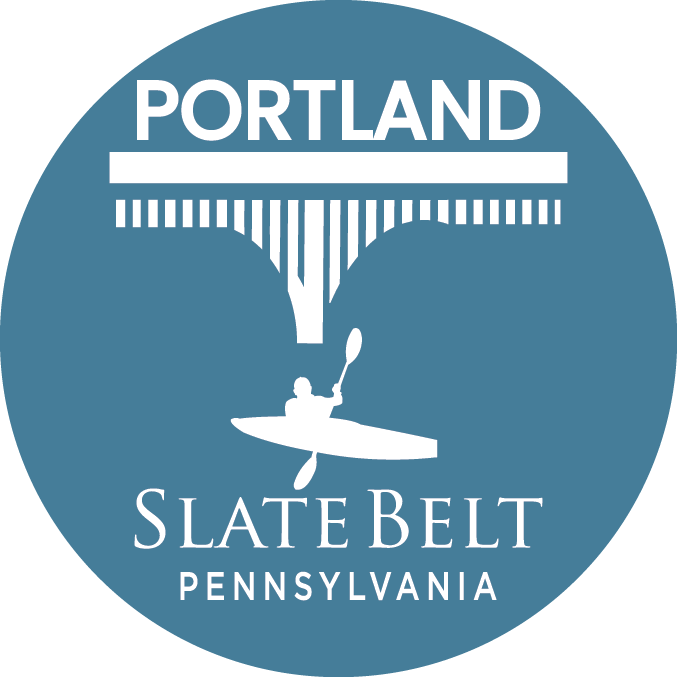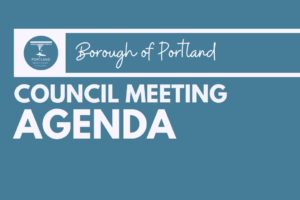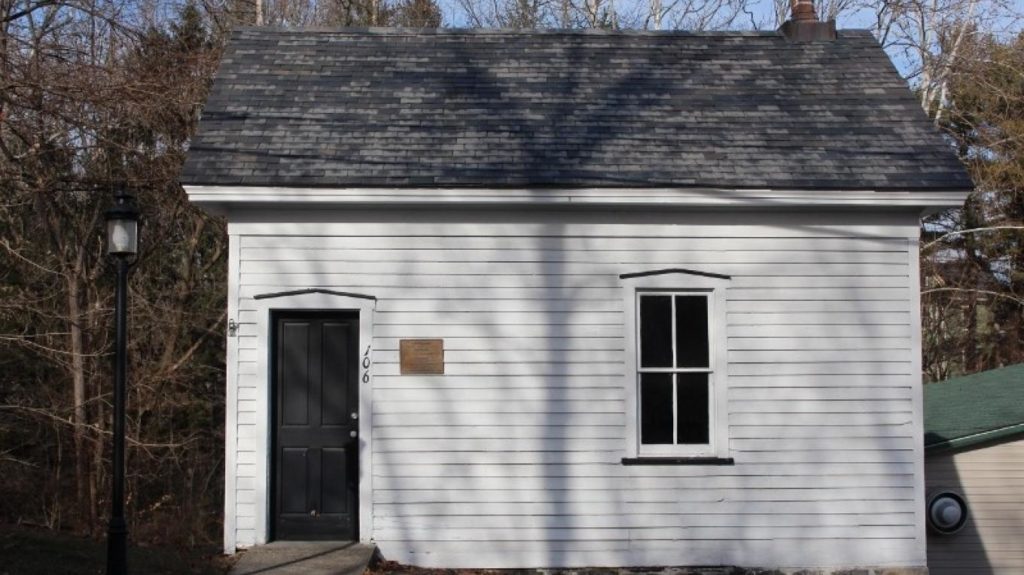
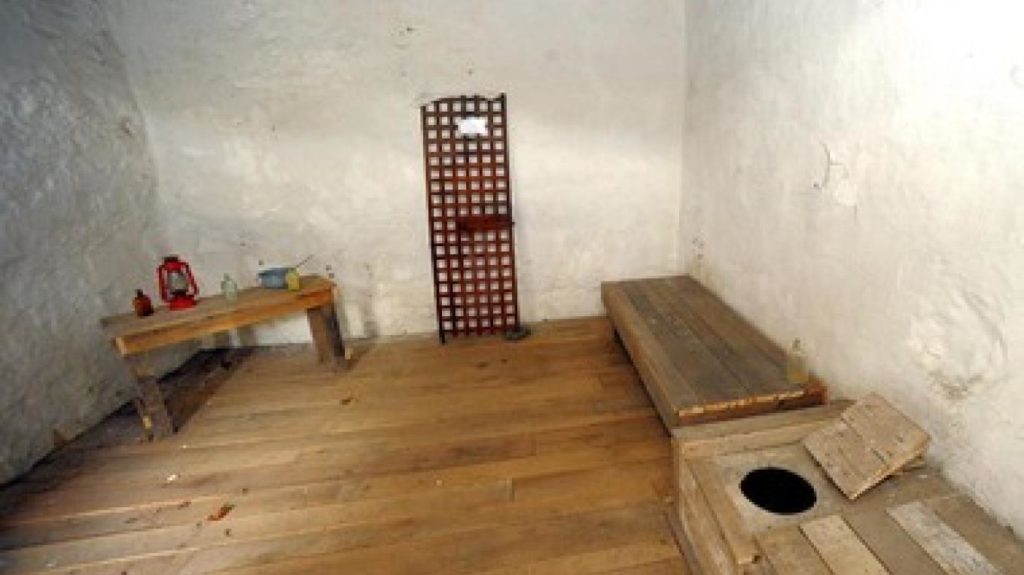
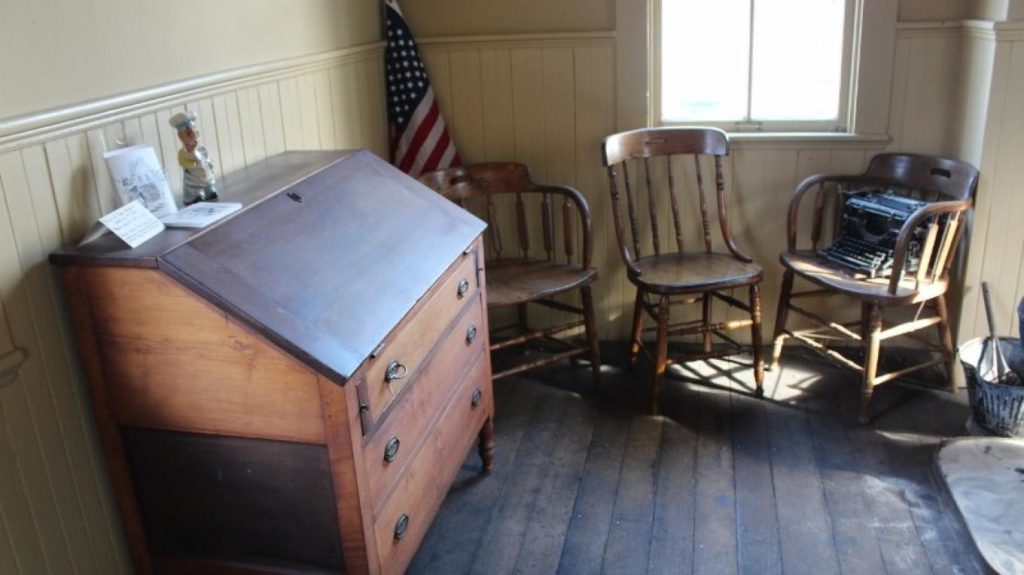
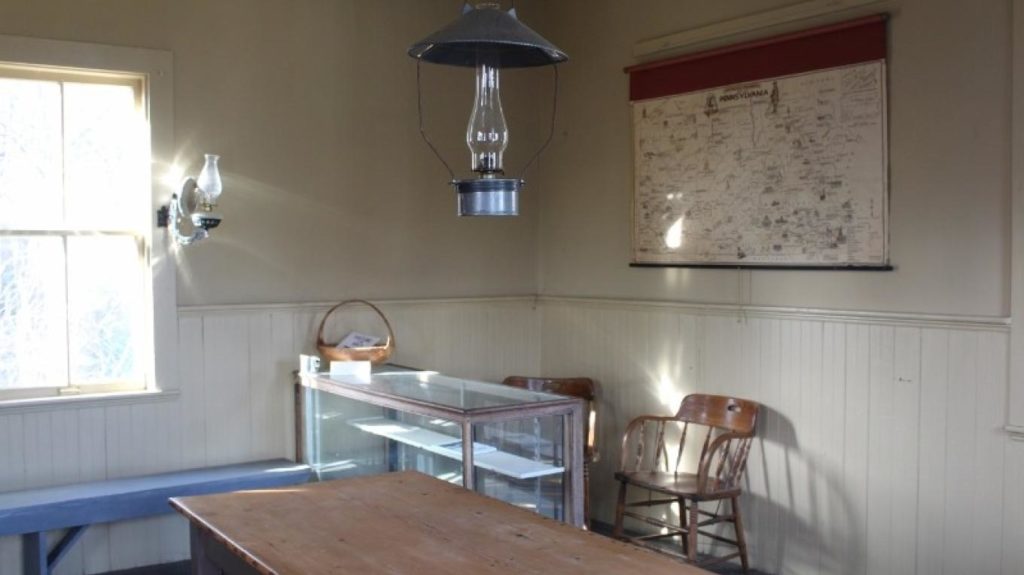
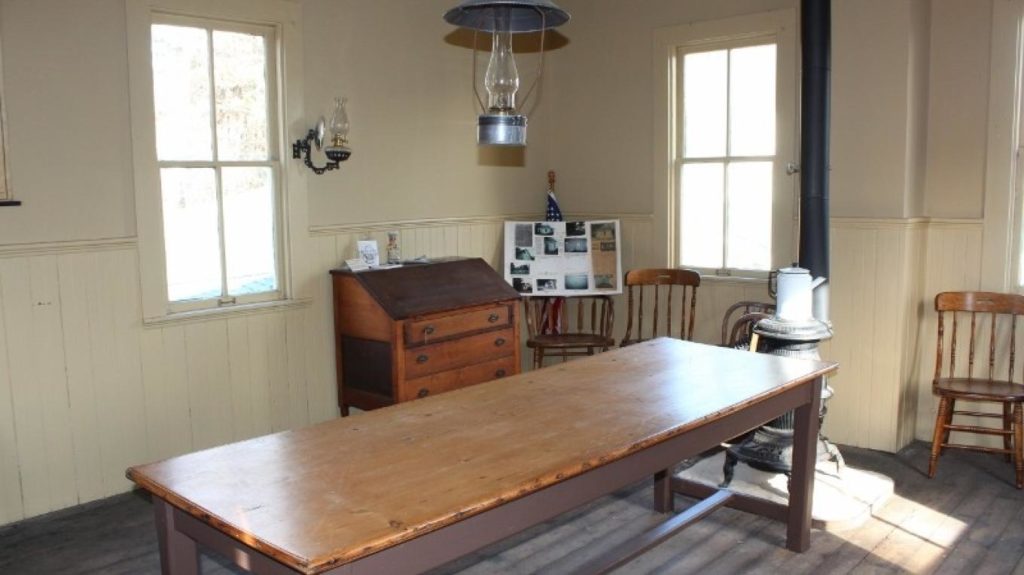
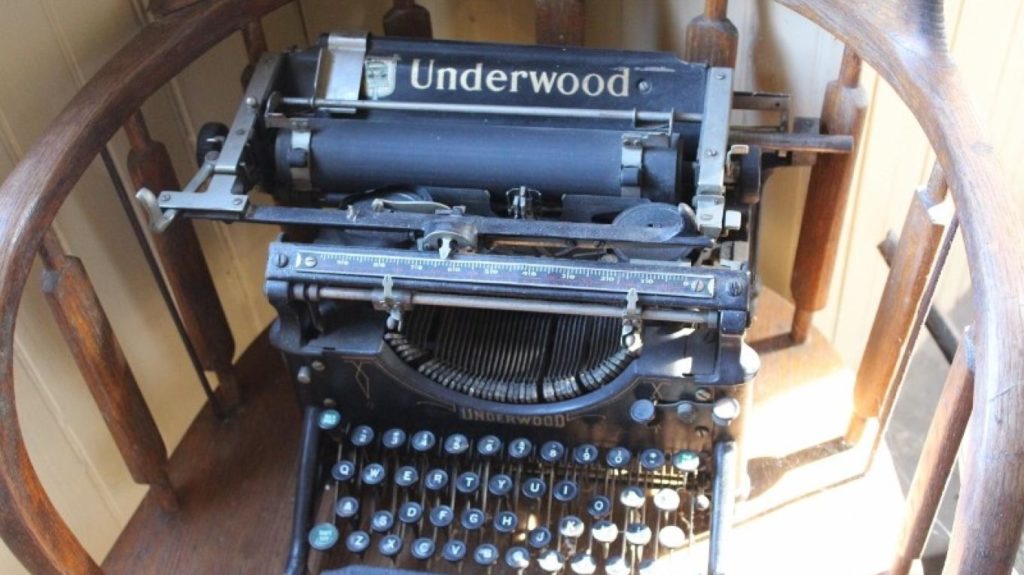
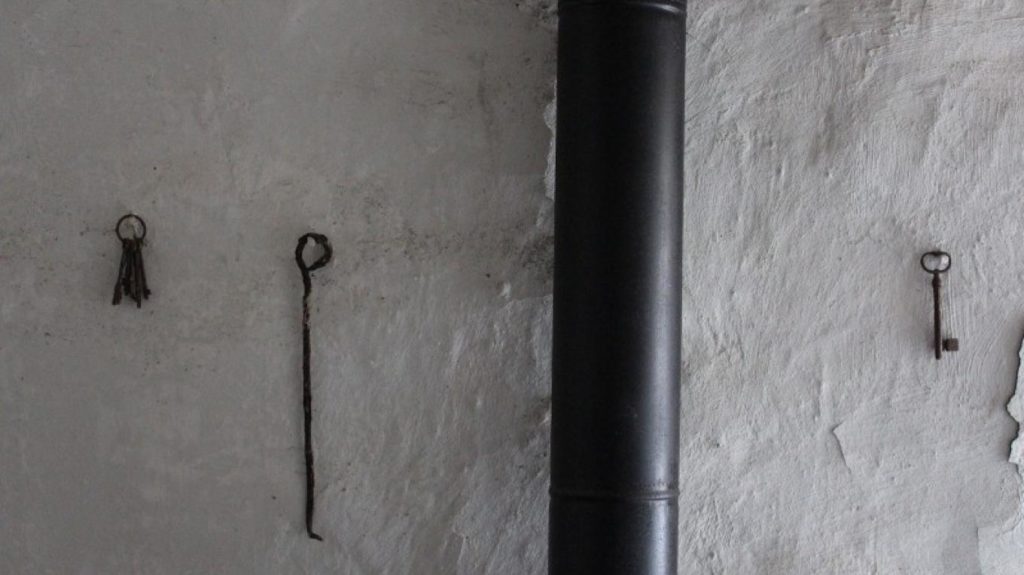
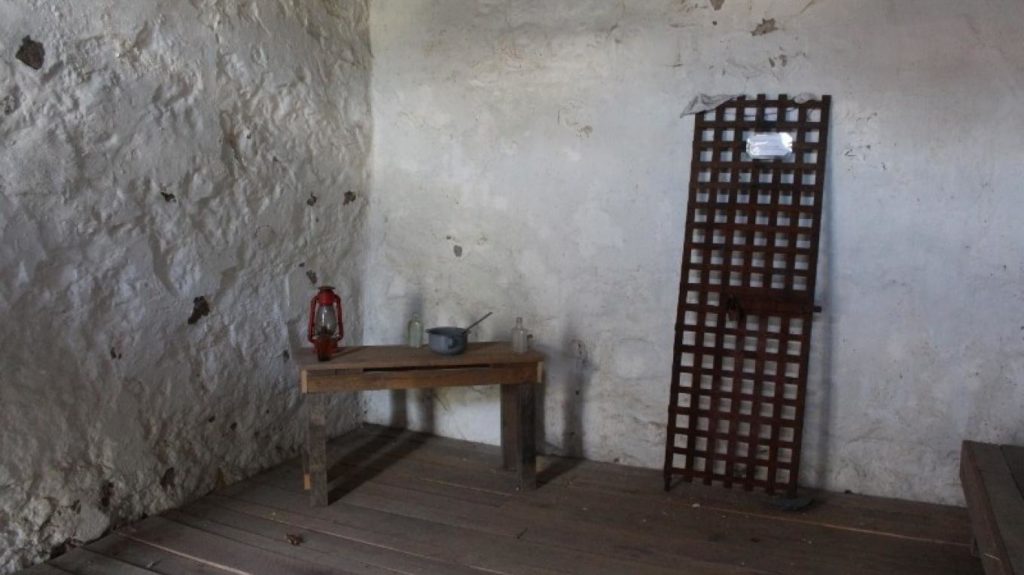
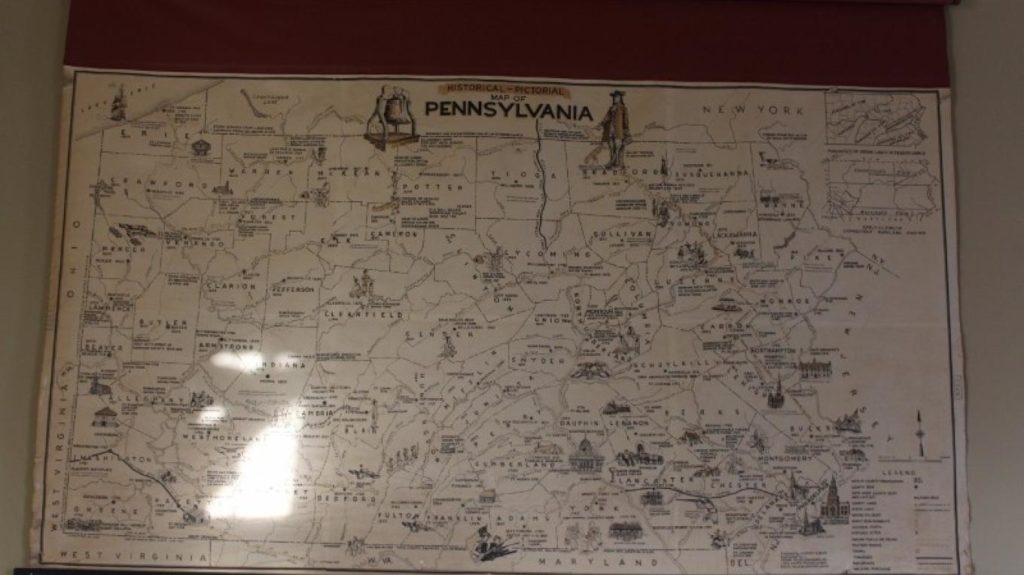
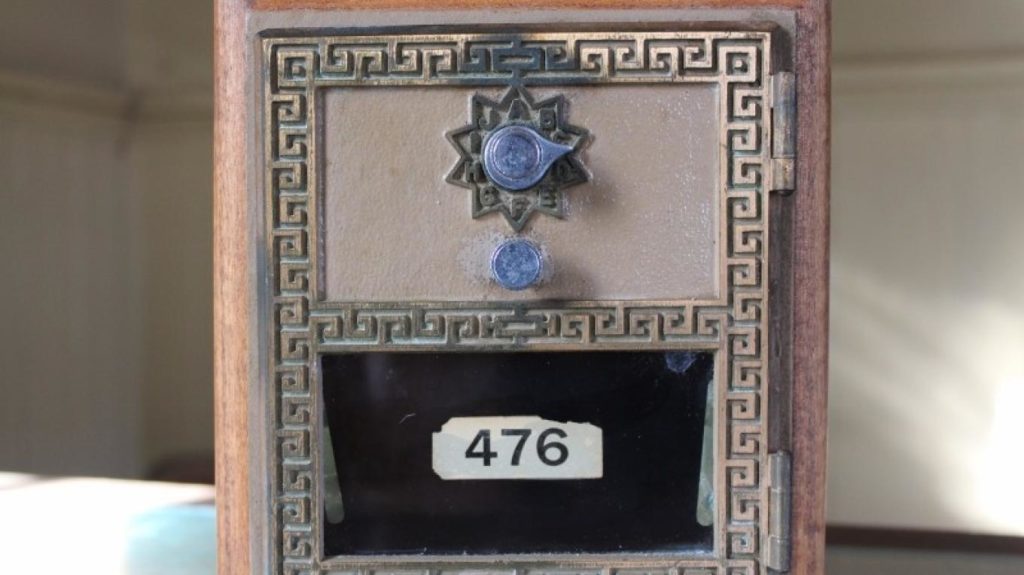
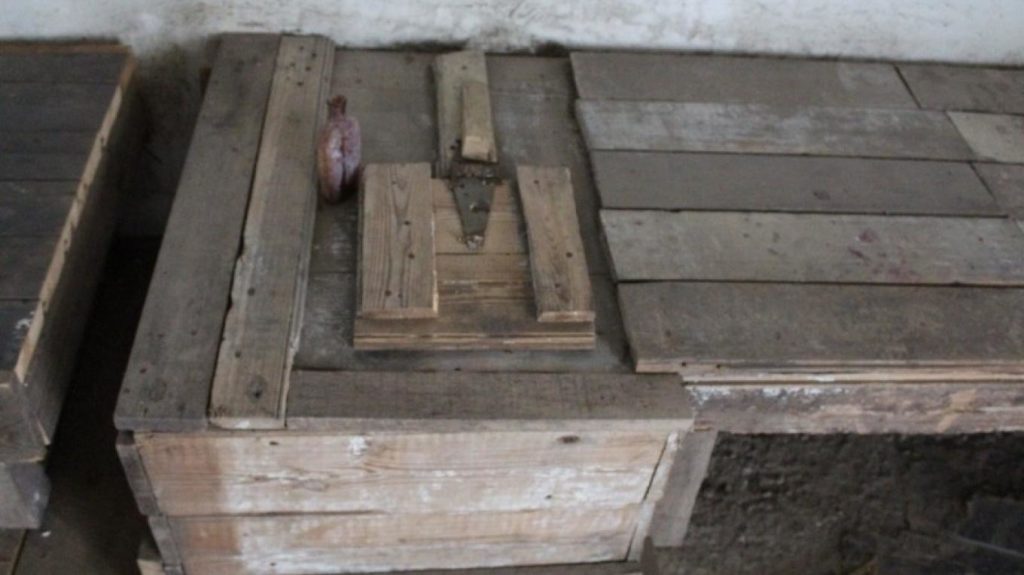
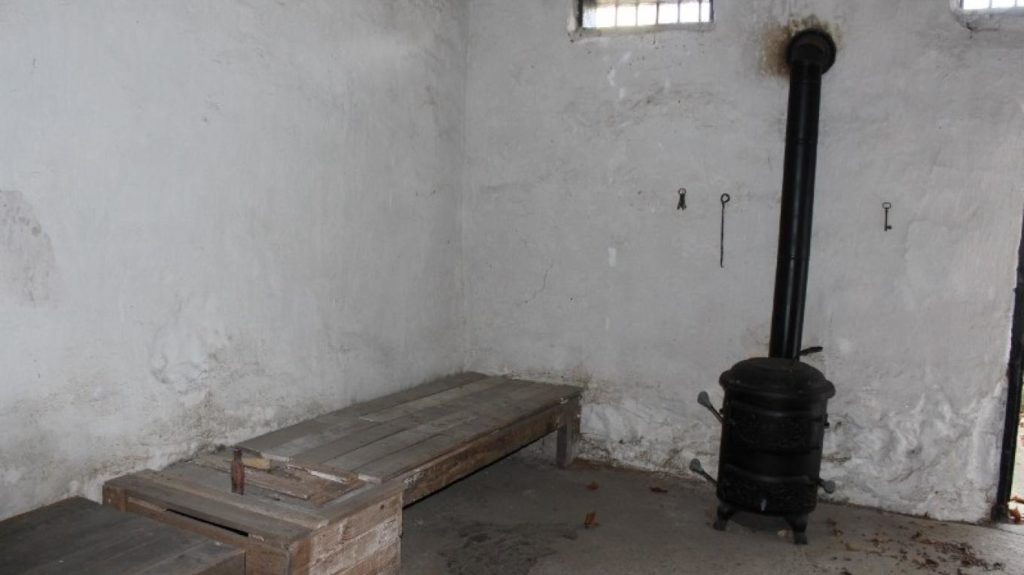
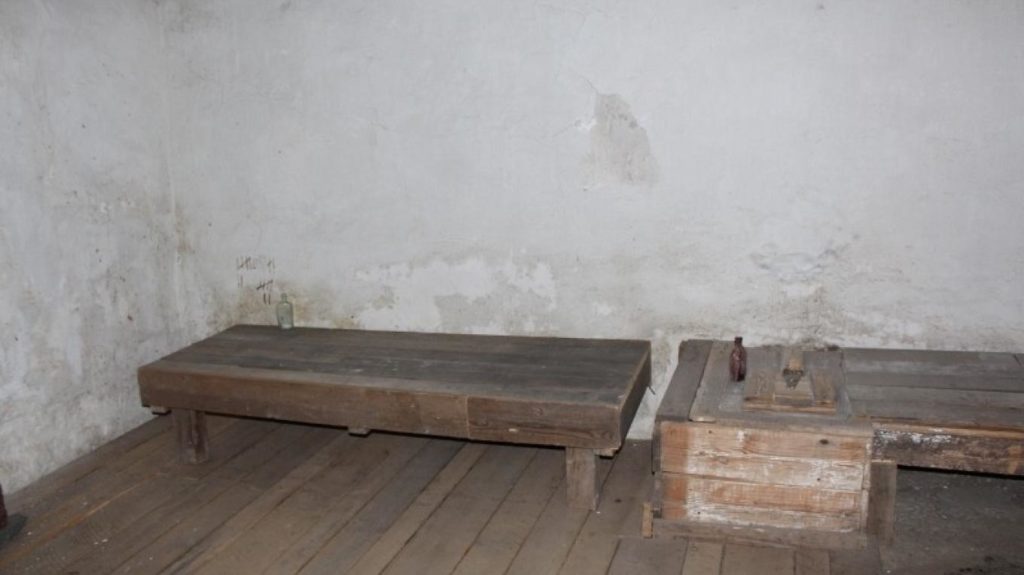
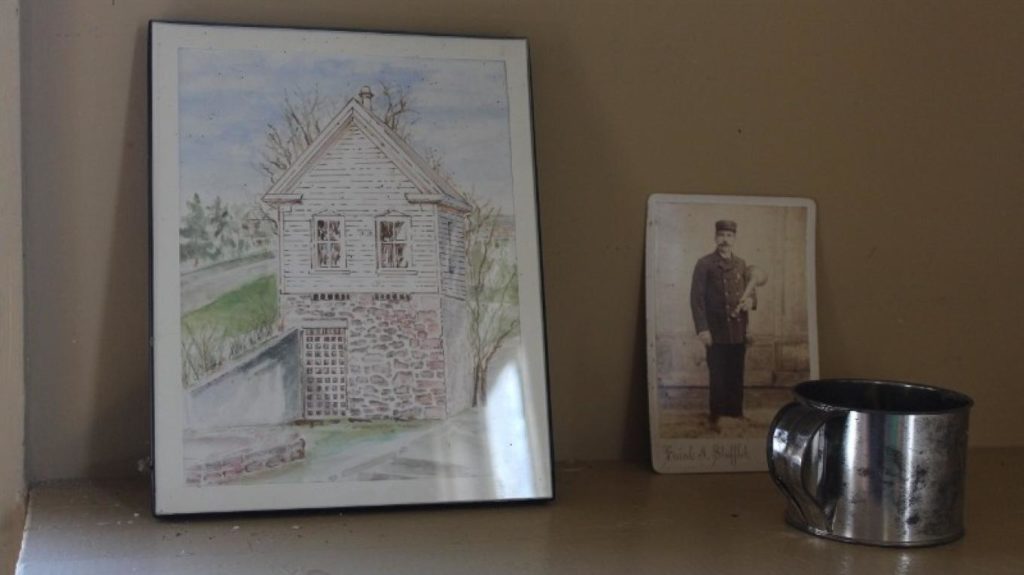
The Portland Town Hall & Lockup, also known as the Portland Pokey, is planted right in the middle of a town already filled with so much history. When a town becomes incorporated, it gives them the opportunity to have local control over services and standards in your community. The first attempt to incorporate Portland was made in 1870, but it was rejected because forty-one petitioners, who owned most of the real estate that would be included in the limits of the proposed borough, were against it. They asserted that most of the town was composed of farms and farmland and was too sparsely populated to deem it necessary to incorporate.
On April 25, 1876, another petition from sixty-two residents of the village was sworn before a Justice of the Peace requesting that Portland be incorporated as a borough. It was on October 21, 1876 that Portland, with the exception of Middle Village, was finally incorporated.
Before Town Hall was built the Council meetings were held weekly in the homes of various members. The first meeting was held on November 27, 1876 and by March of 1877, Council began looking for a lot on which they could build a Town Hall. The piece of land best suited for what Council needed belonged to Jacob Heistand. On May 28, 1877, a contract was granted to Philip Datesman for $250.00 for the construction of the building. On July 14, 1877, Council met in the newly completed Town Hall for the first time. It had been the center of Portland life, where residents visited to pay bills, vote or sit in on Council meetings.
It was on March 31, 1877 that the ever popular word “taxes” was first brought up. It was at this meeting that the first four ordinances were put into effect. Two of these ordinances concerned taxes. Ordinance No. 1 taxed all auctions, circuses and menageries and Ordinance No. 2 taxed all the dogs in the borough. In May of the same year Borough Tax was set at 5 mills, only to be repealed in July.
The Borough tax collector seemed to have issues collecting the dog tax because the Council minutes for October 30, 1877, state that if anyone refused to pay the tax, their dog would be “shot or otherwise killed.” Oh boy!
Much like today, taxes were apparently a “sore” subject with everyone, including Council and no one could get out of paying them! Taxes had to be paid and ordinances had to be followed. Who implemented them? Why the lawman, of course!
Robert Myers, Portland’s first policeman, was charged with making sure the peace was kept and ordinances were enforced, such as:
- No. 3. Forbidding all cattle, horses, mules, sheep, and swine from running at large within the Borough.
- No. 5. Forbidding any person or persons to go bathing in the Delaware River or any other stream of water within the corporate limits of the Borough between the hours of 5: 30 a.m. and 8:00 p.m.
- No. 11. It is hereby declared to be a nuisance to be drunk or disorderly upon any of the streets, lanes, alleys, or highways of the Borough, or in any public house, saloon, or restaurant.
Anyone who violated an ordinance, like overzealous partiers from the Delaware Hotel, would be forced by Officer Myers to spend some time sobering up in the Portland lock up. The lock up was built in the basement of the Town Hall. George Fulmer must have been pleased because prior to this, Council rented his office for this purpose. It was considered a dreary place to spend time and it was furnished with a stove and good solid benches, “well-fastened”, for each cell. Perhaps it was best for the occupants to be inebriated so not to notice the uncomfortableness of the small cot, single latrine, tiny windows and rough flooring that was made up of a combination of dirt, wood and cement.
In 1880, the salary of the Chief of Police was fixed at $20.00 per year. In 1885, it was $50.00 per year. The Chief of Police at this time didn’t feel he was paid enough, so he requested a raise to $100.00 per year. When he was refused the raise he submitted his resignation, which was accepted by Council. Throughout 1887 and 1888, there appears to still have been a problem of wages, as there were three or four policemen hired and fired during this time. Budget restraints plagued Portland and most small towns back then and still do today as they all struggle to move forward while staying with the times.
The building continued to be used and maintained with purchases such as blankets and straw ticks for the jail in 1884 and the addition of wallpaper and a stove to the Town Hall in 1897. Its use seemed to fall off in the 1940’s and then even more so in the late 1960’s when the schoolhouse closed and the municipal offices moved there for Town Hall meetings, Council chambers and the police headquarters. From there, the building began to deteriorate from lack of upkeep and on several occasions was almost sold to various residents.
The main turning point for the Town Hall came in 1994 when then Mayor, Kay Bucci, gave Council a last minute plea to reject various bids for purchase ranging from $1,010 to $5,005. After that the “Save the Pokey” campaign and restoration process began with the generous donation of $500 from longtime resident, Sadie Stauffer. The restoration included roof and carpentry repairs and a fresh coat of paint. The repairs were completed on July 17, 1997 and the Town Hall and Lock Up were given a formal dedication with a bronze plaque during the “Jail House Rock” weekend celebration.
The historical landmark was once again a labor of love for Gage Paraschos, who restored the jail cell portion of the pokey for his Eagle Scout project. He and other helpers to his cause made further repairs that were needed including pulling up the linoleum and plywood to expose the original floor right down to the original nails and the outside was scraped and repainted. The door was replaced with a period style door and hardware and the original jail house door was discovered buried near the building. It was unearthed and put on display along the back wall of the pokey along with other period accurate furnishings and accessories. Gage built a floating floor where an old concrete one had sunk in. During the work he found a 5-gallon bucket of whiskey flasks where the wooden toilet sits. A few are now on display, along with the keys used to lock the jail.
Today, the Town Hall and Pokey can be admired from the outside at any time and on the inside during Borough events when town historian, Walter Emery, comes to speak about its history to all that care to listen. We definitely recommend that you make the Portland Pokey a stop on your itinerary. Actually seeing the inside of the jail house is quite an experience…and we promise to let you leave!
Written by Heather Fischer, Portland Mayor (2022-2025) Facts compiled from various sources.
